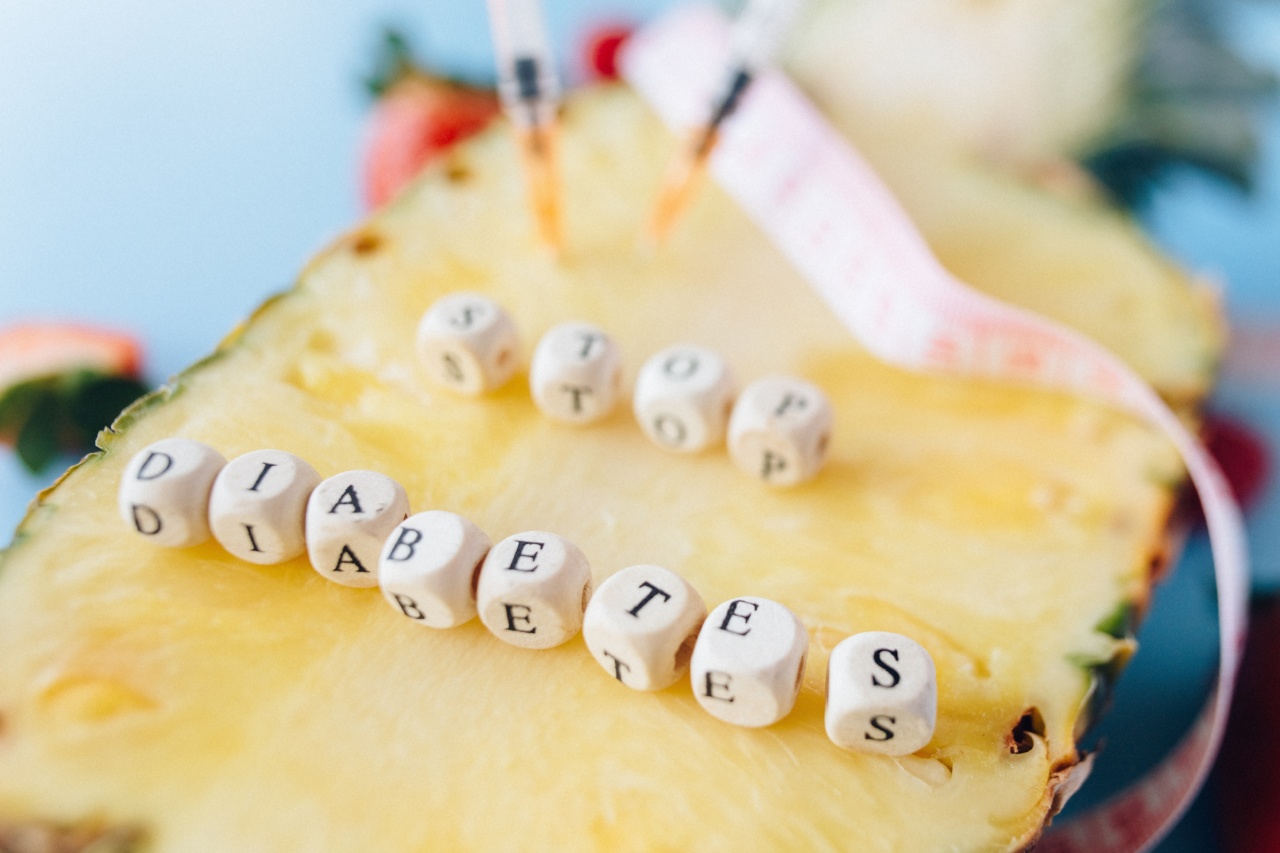Living with diabetes can be challenging, especially when it comes to choosing the right foods to eat.
But with a little planning and knowledge, it is possible to enjoy delicious and nutritious meals that will help to manage blood sugar levels and maintain overall health.
What is Diabetes?
Diabetes is a chronic condition that affects how your body processes blood sugar. Normally, the hormone insulin helps to regulate blood sugar levels by moving glucose from the bloodstream into your cells where it can be used for energy.
However, in people with diabetes, either the body does not produce enough insulin or the cells do not respond properly to it, leading to high blood sugar levels.
The Importance of Nutrition in Diabetes Management
Good nutrition is a cornerstone of diabetes management. Eating the right foods in the right amounts can help to regulate blood sugar levels, maintain a healthy weight, and reduce the risk of complications such as heart disease and nerve damage.
Basic Guidelines for Diabetes Nutrition
When it comes to diabetes nutrition, there are some basic guidelines that can help you to make healthier choices:.
Choose Foods that are Low in Sugar and Carbohydrates
Foods that are high in sugar and carbohydrates, such as candy, soda, and white bread, can cause a rapid spike in blood sugar levels.
Instead, choose foods that are lower in sugar and carbohydrates, such as whole grains, vegetables, fruits, and lean proteins.
Limit Saturated and Trans Fats
Foods that are high in saturated and trans fats, such as fatty meats and fried foods, can increase the risk of heart disease and other complications. Instead, choose healthier sources of fats such as nuts, seeds, and olive oil.
Eat a Variety of Foods
It is important to eat a variety of foods to ensure that you are getting all of the nutrients you need. Aim for a balanced plate that includes a mix of fruits, vegetables, whole grains, lean proteins, and healthy fats.
Avoid Processed Foods
Processed foods, such as frozen dinners and fast food, are often high in unhealthy fats, sodium, and sugar. Instead, opt for fresh, whole foods that are prepared at home.
Watch Portion Sizes
Eating too much of anything, even healthy foods, can cause blood sugar levels to spike. Use measuring cups, food scales, and other tools to help you keep track of portion sizes.
Examples of Healthy Meals for Diabetes Management
Here are some examples of healthy meals that are low in sugar and carbohydrates and high in nutrients:.
: Breakfast
Two scrambled eggs, one slice of whole grain toast, and half a grapefruit.
: Lunch
A spinach salad with grilled chicken, cherry tomatoes, cucumber, and avocado dressing.
: Dinner
Grilled salmon with roasted asparagus and brown rice.
: Snack
One small apple with one tablespoon of almond butter.
Conclusion
Eating a healthy, balanced diet is essential for diabetes management.
By following the basic guidelines of low sugar and carbohydrates, avoiding processed foods, limiting unhealthy fats, and watching portion sizes, it is possible to enjoy delicious and nutritious meals that will help to manage blood sugar levels and promote overall health.





























